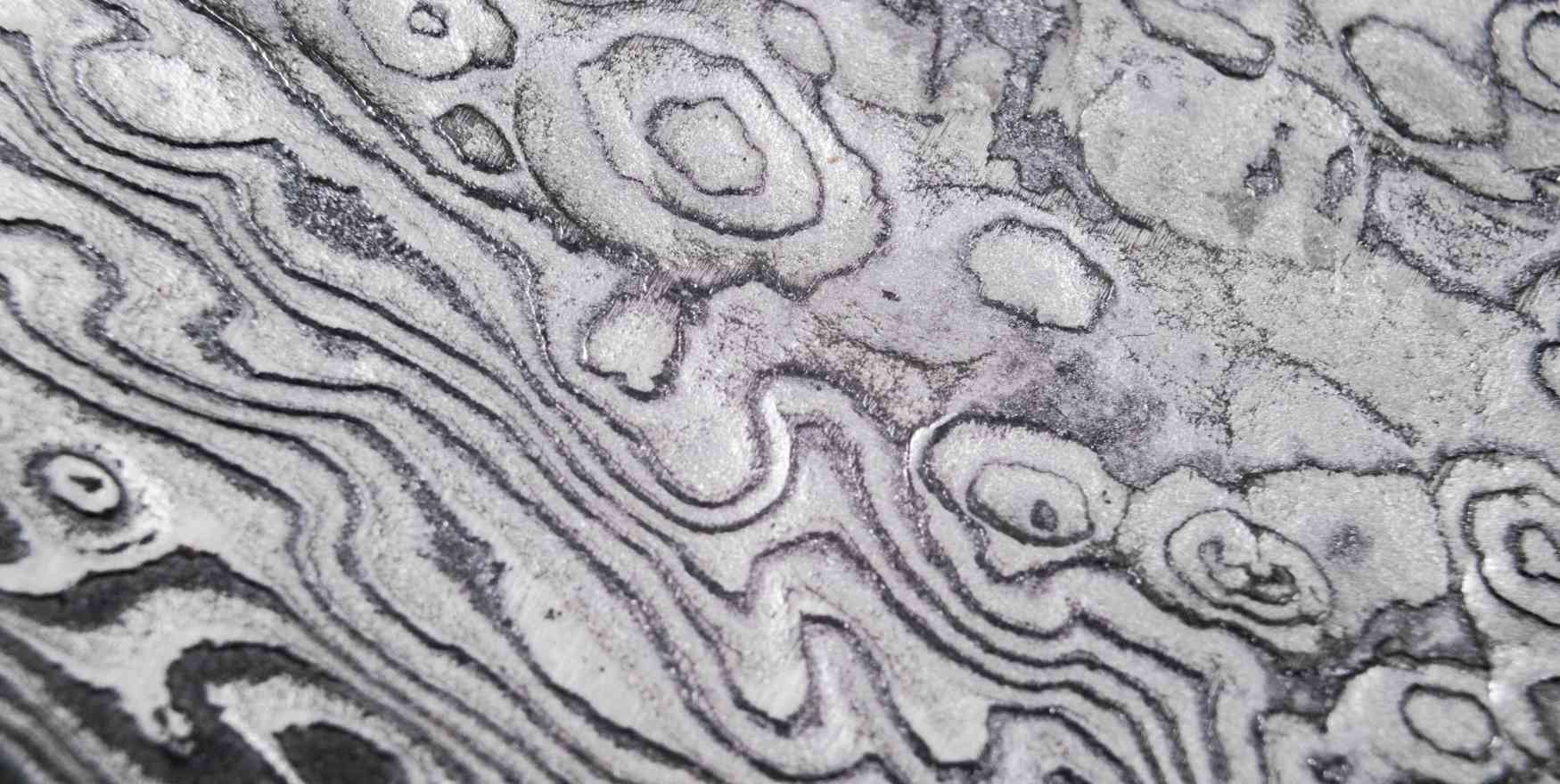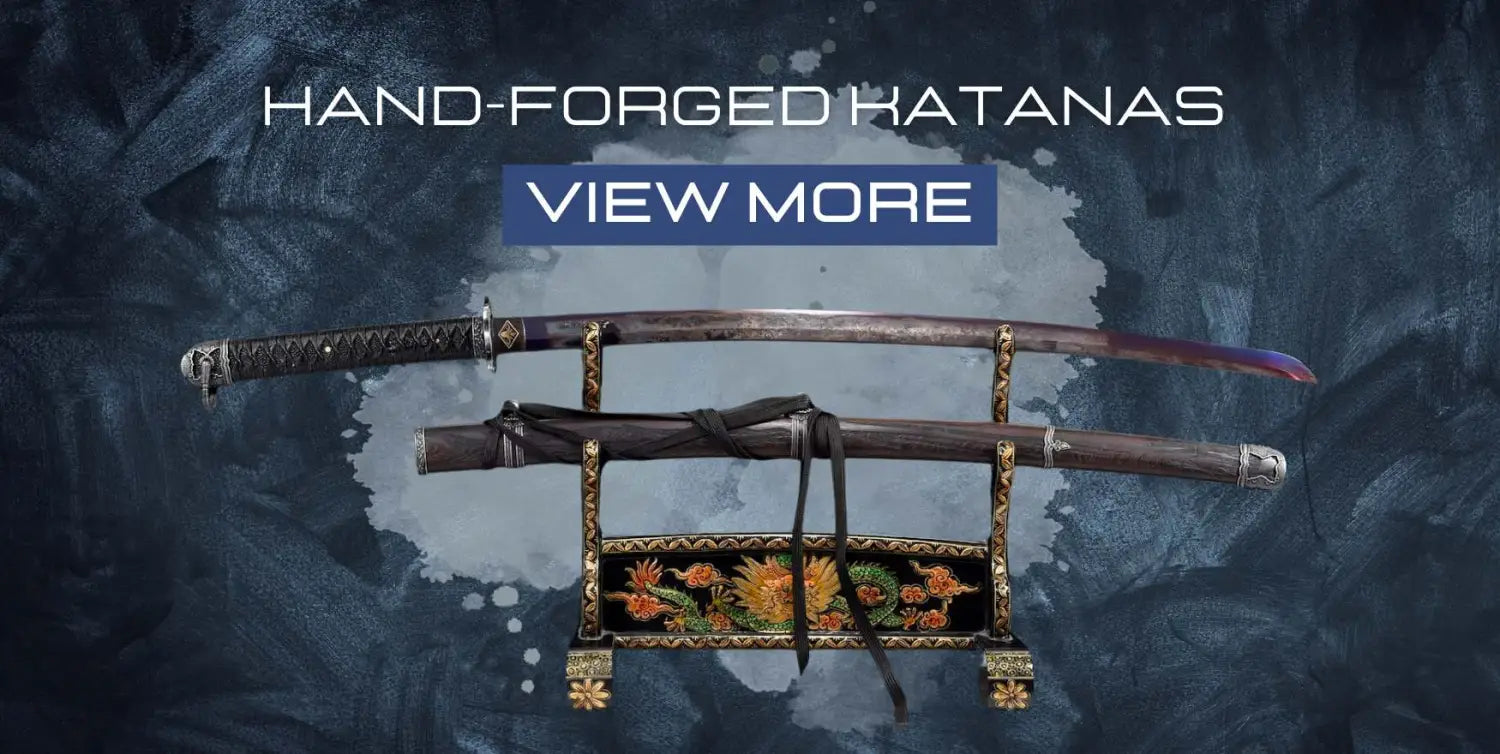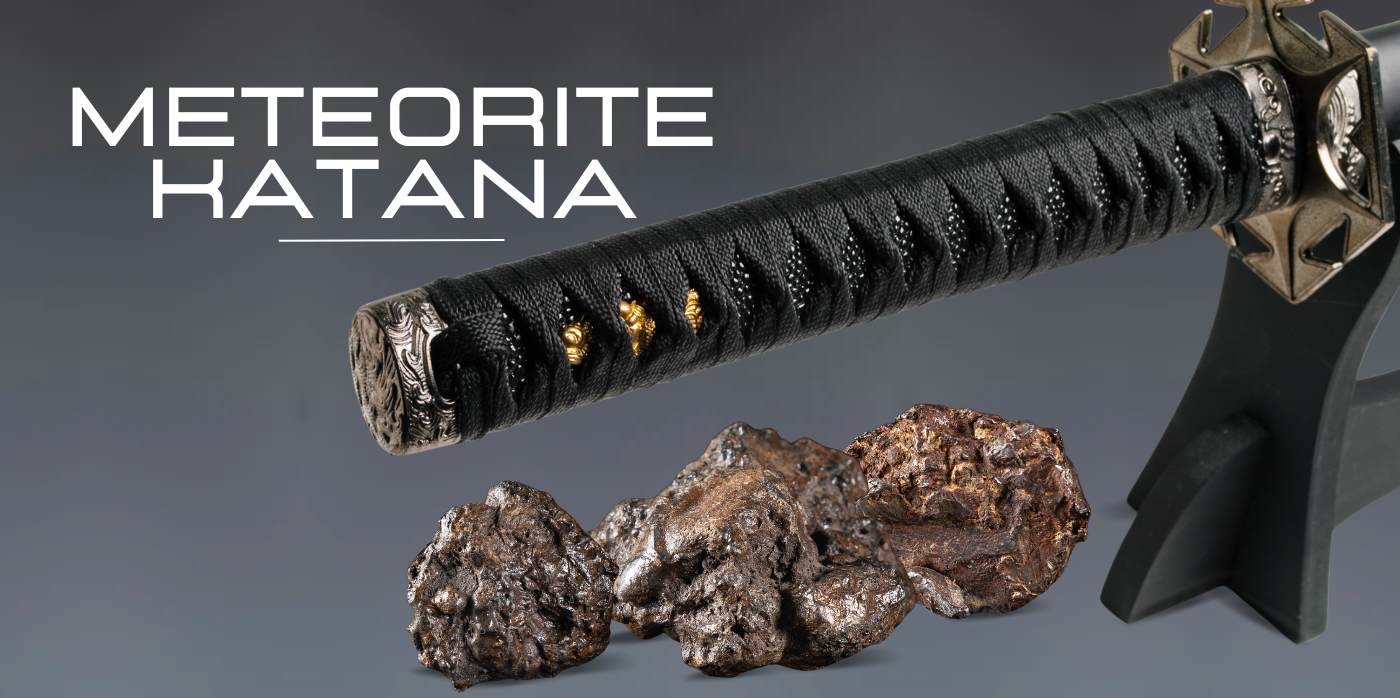In the realm of traditional Japanese swords, the L6 Bainite Katana stands out as a pinnacle of modern craftsmanship and metallurgical innovation. This exquisite weapon, revered by martial artists and collectors alike, embodies the perfect blend of ancient tradition and cutting-edge technology. In this article, we delve into the unique aspects of the L6 Bainite steel, the craftsmanship behind these katanas, and why they are highly sought after in the martial arts community.
What is L6 Bainite
L6 Bainite steel refers to a specific type of steel and the heat treatment process used to create blades, notably katanas, with exceptional characteristics. Let's break down the components to better understand what L6 Bainite is and why it's significant in the crafting of high-quality swords.
L6 Steel
- L6 Steel Composition: L6 steel is a low-alloy steel that is often associated with tool steels. It is known for its toughness and ability to hold an edge. The "L" in L6 stands for "low alloy" and it contains elements such as nickel, which enhances its toughness. This type of steel is also noted for its wear resistance and durability, making it an excellent choice for high-impact tools and blades.
- Characteristics: What makes L6 particularly suited for swords, especially katanas, is its combination of hardness and flexibility. This balance is crucial for a blade that must endure stress without breaking, while also maintaining a sharp edge.
Bainite
- Bainite Formation: Bainite is a microstructure that forms in steel through a specific range of temperatures lower than those needed for pearlite (another steel microstructure) but higher than those for martensite. This transformation occurs over time and is facilitated by maintaining the steel at a temperature that encourages the formation of this structure without reaching the point of creating martensite.
- Properties: Bainite is prized for its combination of strength and toughness. In swords, these properties translate to a blade that is resistant to chipping, breaking, or bending. The bainitic transformation enhances the steel's ability to absorb impacts, making it ideal for combat and cutting applications.

L6 Bainite Steel in Sword Making
Combining L6 steel with a bainitic heat treatment process results in L6 Bainite steel, which offers a superb balance of hardness, toughness, and flexibility. This makes it highly sought after for crafting katanas and other edged weapons. The process involves precise control over temperature and cooling rates to achieve the desired bainitic microstructure throughout the blade. This meticulous process ensures that the sword will have superior performance characteristics, including:
- Durability: The ability to withstand repeated use and high-impact stress without failing.
- Edge Retention: Maintaining a sharp edge even after extensive use, which is critical for both martial arts practice and demonstrations.
- Flexibility: The capacity to flex under stress and return to its original shape, reducing the risk of breaking during use.
Advantages of L6 Bainite
- Impact Resistance: L6 Bainite steel has an excellent ability to absorb and distribute impact energy, reducing the likelihood of chipping or cracking under stress. This makes it ideal for rigorous cutting exercises and martial arts demonstrations.
2. Superior Durability
- Wear Resistance: The unique microstructure of L6 Bainite steel offers a high level of resistance to wear and tear. Swords made from this material can withstand extensive use while maintaining their structural integrity and appearance.
- Longevity: The combination of wear resistance and impact resistance ensures that L6 Bainite blades have a long service life, making them a valuable investment for practitioners and collectors.
3. Enhanced Flexibility
- Resilience: Unlike some high-carbon steels that can be brittle, L6 Bainite maintains a degree of flexibility, allowing the blade to bend under force and return to its original shape. This quality reduces the risk of breaking during use, a critical factor in the performance of martial arts weapons.
4. Outstanding Edge Retention
- Sharpness: The hardness achieved through the bainitic heat treatment process allows L6 Bainite blades to hold an exceptionally sharp edge. This sharpness is crucial for the performance of cutting tests (tameshigiri) and ensures the effectiveness of the sword in both practice and demonstration.
- Maintenance: While all swords require care and maintenance, the superior edge retention of L6 Bainite reduces the frequency of sharpening needed, making it more convenient for regular use.
Is L6 Bainite good for katana
Yes, L6 Bainite steel is considered excellent for crafting katanas due to its unique combination of properties that cater to the high demands of both functionality and aesthetics in traditional Japanese swords. Here are several reasons why L6 Bainite is particularly suited for making high-quality katanas.
L6 Bainite steel is renowned for its exceptional toughness, which is crucial for a katana that may be used in rigorous cutting practices and martial arts demonstrations. Its ability to absorb impact without chipping or cracking ensures the blade's longevity and reliability.
The bainitic transformation process gives L6 steel an ideal balance between hardness and flexibility. This means that a katana made from L6 Bainite can maintain a sharp edge (essential for cutting performance) while also being able to withstand bending and stress without breaking. This balance is critical for a functional katana that is used in practice, as it must be capable of performing cuts without sustaining damage.
Katanas require a sharp edge to perform clean cuts, and L6 Bainite steel holds an edge exceptionally well. This minimizes the need for frequent sharpening, making the sword more convenient for regular use while ensuring that it remains effective for cutting exercises.






